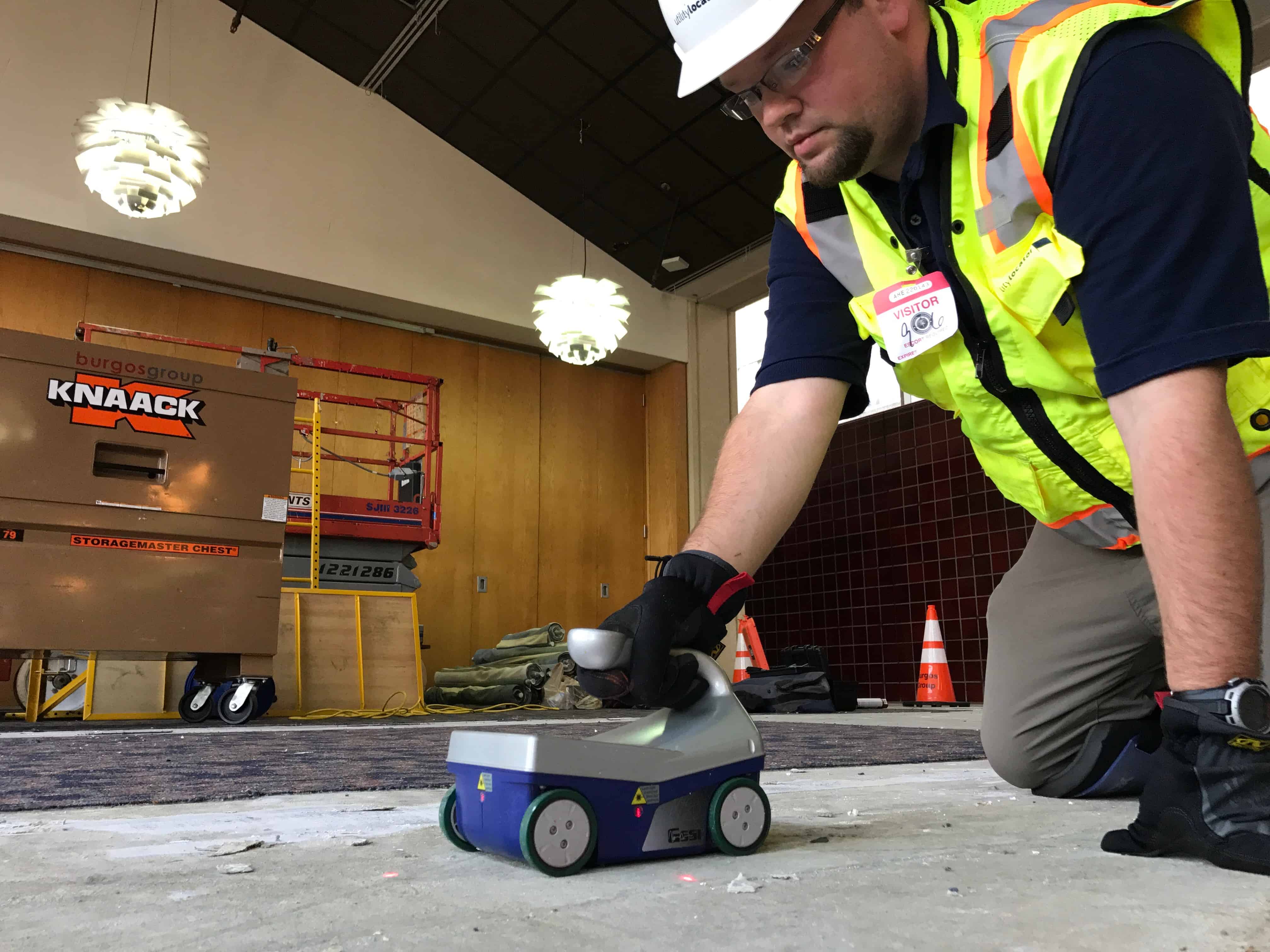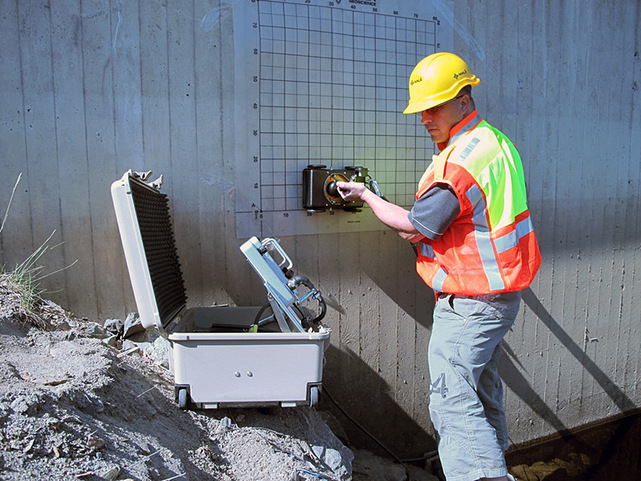Concrete Scanning: Your Shield Against Unforeseen Obstacles in Building Projects
By harnessing the power of advanced scanning approaches, building and construction experts can proactively determine covert hazards beneath the surface area, making sure a smoother and much more effective project delivery. As we discover the relevance of concrete scanning as a protective guard against unforeseen barriers in building jobs, a deeper understanding of its advantages and applications emerges, losing light on the transformative effect it can have on the industry as a whole.
Importance of Concrete Scanning
Concrete scanning plays a crucial duty in guaranteeing the safety and integrity of construction jobs. By utilizing advanced technologies such as ground-penetrating radar (GPR) and electromagnetic induction, building teams can properly find rebar, post-tension cables, avenues, and other possible blockages within concrete frameworks. This procedure is essential for avoiding pricey damages, making sure structural stability, and keeping project timelines.
One of the primary reasons that concrete scanning is so crucial is its capability to alleviate dangers throughout the building phase. By recognizing concealed threats below the surface area, such as gaps or shabby locations within the concrete, contractors can proactively deal with these problems prior to they rise into more considerable troubles. This proactive method not only improves employee safety and security yet also reduces the probability of building and construction hold-ups and spending plan overruns.
Moreover, concrete scanning enables construction teams to make educated decisions based on precise data. By having a clear understanding of the subsurface conditions, job managers can prepare excavation, boring, or cutting activities a lot more successfully, lowering the possibility for unintended damages to critical architectural components. Inevitably, spending in concrete scanning solutions is an aggressive procedure that can conserve building business time, money, and credibility in the long run.
Advanced Technologies for Detection

Another cutting-edge innovation is Electromagnetic Induction (EMI), which spots non-metallic and metallic objects below ground by inducing electro-magnetic fields. Additionally, Acoustic Pulse Mirror (APE) technology makes use of sound waves to assess the problem of concrete structures and identify splits, voids, or delaminations.
In addition, improvements in infrared thermography have allowed the detection of wetness seepage and insulation spaces within concrete frameworks. This technology help in stopping future deterioration and making sure the longevity of buildings. By including these sophisticated modern technologies into concrete scanning techniques, construction tasks can mitigate dangers and boost overall job end results.
Benefits of Proactive Scanning
Applying proactive scanning methods in building and construction tasks enhances the early detection of prospective subsurface barriers, leading to enhanced task efficiency more tips here and expense savings. By making use of concrete scanning modern technologies such as ground-penetrating radar (GPR) and electromagnetic induction, construction teams can determine surprise hazards before they escalate into expensive problems. GPR Concrete Scanning Bellevue. Positive scanning enables job supervisors to develop exact website maps that pinpoint the location of utilities, rebar, or other obstructions below the surface. This info allows much better preparation and assists prevent hold-ups triggered by unexpected discoveries during construction.
By determining possible obstacles early on, construction teams can take preventative measures to reduce dangers and make certain a safer working atmosphere for all entailed. Overall, the proactive method to concrete scanning not just conserves time and cash yet also improves the overall high quality and success of building and construction tasks.

Enhancing Job Effectiveness
To Full Article enhance building and construction task outcomes, the proactive scanning methods employed not only improve security yet also play an important function in enhancing general job effectiveness. By carrying out detailed concrete scanning before commencing any construction activities, potential obstacles and hazards beneath the surface can be identified and reduced at an early stage. This positive technique decreases the chance of pricey hold-ups, remodel, and mishaps, thus improving the project timeline and budget.
By preemptively resolving any below ground intricacies, the construction process can continue smoothly, with less disruptions and unpredicted challenges. Ultimately, the combination of concrete scanning right into building tasks not just guarantees security and conformity but likewise boosts efficiency and job efficiency.
Ensuring Safety On-Site
Security on construction sites is extremely important to the success of any kind of job. One of the crucial elements of promoting safety is giving appropriate training to all workers link involved in the project.
Applying clear interaction channels for reporting safety problems is crucial for developing a risk-free workplace. Encouraging a safety-first society where workers feel encouraged to speak out about possible dangers can help protect against mishaps before they take place. Furthermore, providing individual protective tools (PPE) and implementing its usage is critical in securing workers from injury.
Final Thought

By including these innovative modern technologies right into concrete scanning methods, construction projects can minimize threats and boost general project outcomes.

In verdict, concrete scanning plays an essential function in building and construction tasks by discovering unanticipated barriers that can potentially impede progress and compromise safety and security on-site. GPR Concrete Scanning Bellevue.